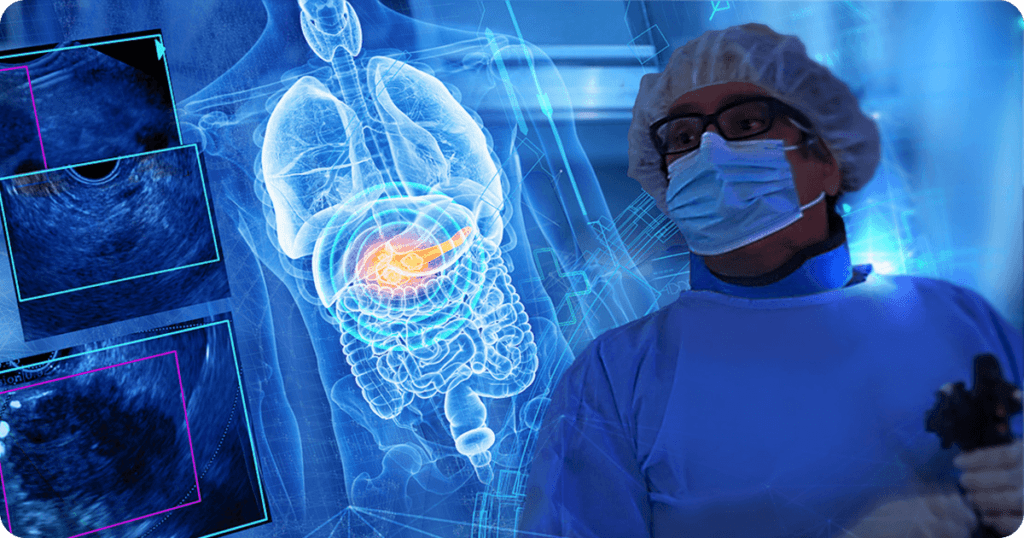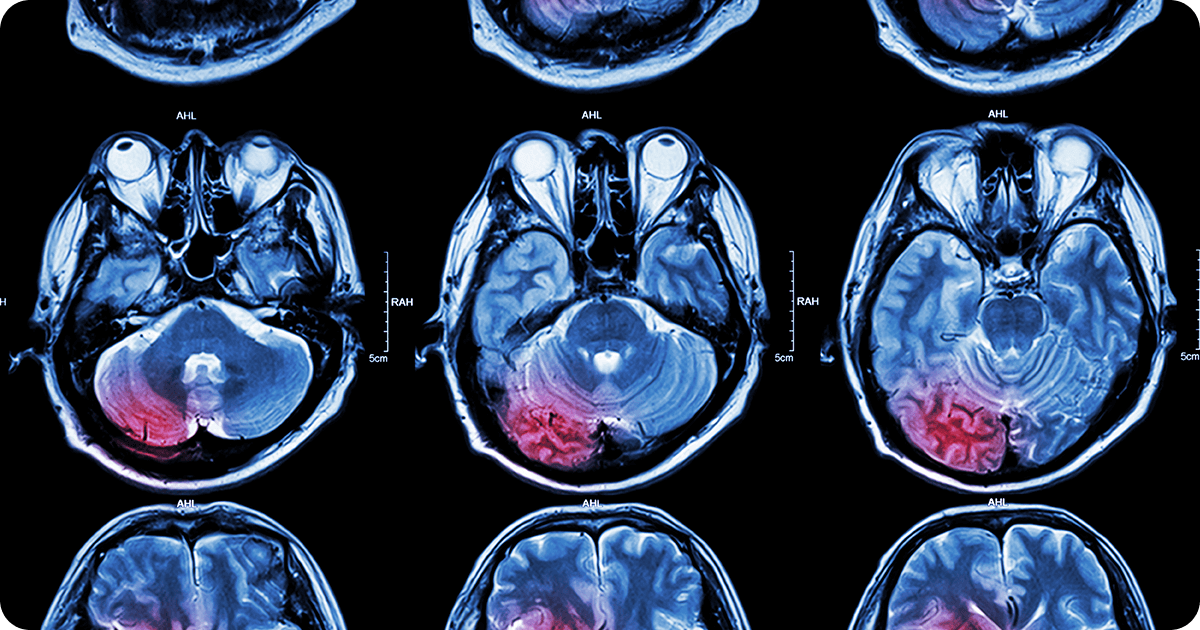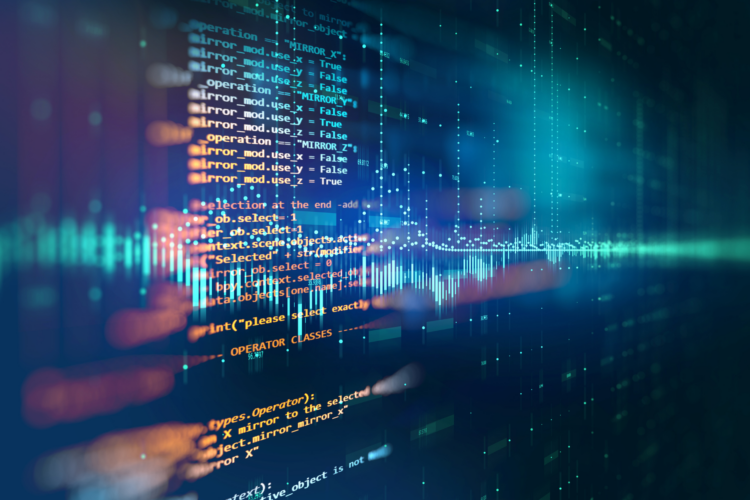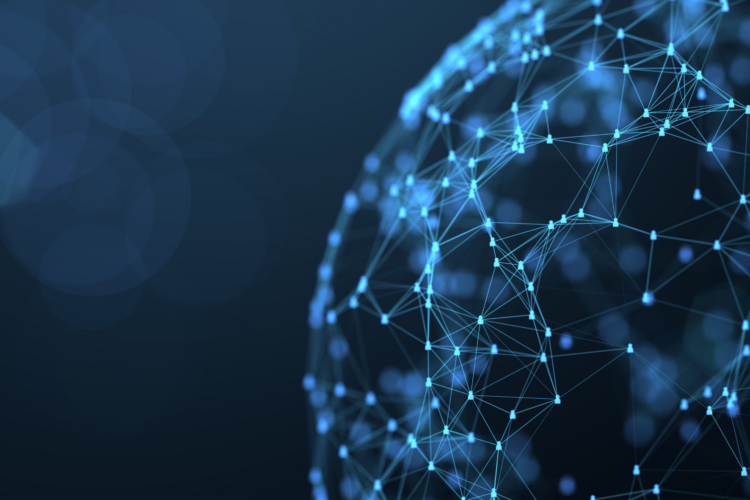Delays in diagnosis often result in delayed care. Costs of care grow, and treatments become more complex and unpredictable. With early diagnosis, on the contrary, outcomes dramatically improve owing to appropriate care being provided at the earliest possible stages of a disease.
How accurate is AI diagnosis?
Among the vast array of healthcare fields in which AI is being applied, medical diagnosis is one of the most important. By analyzing massive amounts of different types of medical data -from trial results to images- Artificial Intelligence has the ability to identify patterns that are often undetectable for human beings, which can ultimately result in faster and more accurate diagnosis, and more effective treatment.
Improving Diagnosis with AI: How it Works
How does AI diagnose patients?
Though Artificial Intelligence encompasses a wide array of technologies, there are three of them that are mostly being leveraged by the healthcare industry today: Machine Learning, Natural Language Processing, and Deep Learning. Before diving into specific use cases of AI-based medical diagnosis, let’s take a quick look at how these three subdivisions of AI can be applied in diagnostics:
1. Using Machine Learning
Probably the most widely used in medical diagnosis, Machine Learning (ML) is a subdivision of AI that focuses on training algorithms to make predictions based on previous experience. Broadly, ML can be divided into supervised learning (in which the system is allowed to see the outcome data) or unsupervised learning (no outcome data provided). How do these two approaches work in diagnosis? Basically, in both cases, AI-powered systems develop accurate outcome predictions by looking for data patterns among huge amounts of data. These models can predict, for example, the future presence or absence of cancer, determine survival rates, or analyze risk groups.
2. Natural Language Processing to automate processes
Another highly-valued AI technique in healthcare is Natural Language Processing (NLP). With this technique, researchers can transform the unstructured free text into a computer-analyzable format, enabling resource-intensive tasks to be automated. The use of NLP in medical diagnosis allows not only to speed up diagnostic processes -resulting ultimately in timely and more effective treatment- but to significantly save research costs for companies in the healthcare industry – resulting in a much more efficient use of resources.
3. Deep Learning
Among the applications of artificial intelligence in healthcare, deep learning is a promising method of detecting abnormalities. A wide range of diagnostic processes relies on it. There is also a much lower cost associated with running deep learning experiments than hiring researchers. Furthermore, AI systems are less likely to make mistakes or provide inaccurate diagnoses, but even so, it is easy to identify which step led to the error.
By assisting doctors in decision-making, AI can speed up and improve diagnostics, which also means improving healthcare professionals’ abilities to treat diseases and manage patients. Rather than replacing human specialists, AI can give them the tools they need to provide patients with a better overall healthcare experience.
So, let’s take a look at some specific diseases in which, already today, AI-assisted diagnosis is revolutionizing diagnostics and treatment.
AI-based medical diagnosis on some diseases
AI Cancer Diagnosis
Improving cancer treatment has been one of the biggest challenges in the healthcare industry for decades. While diseases caused by viruses or bacteria can be eliminated -or at least significantly alleviated or controlled- by leveraging a wide array of effective drugs, cancer is driven by gene mutation, which makes the struggle against it much more challenging. Diagnosing cancer using AI can be a game changer in the history of one of the most feared diseases in the world.
Early diagnosis is key in the process of cancer treatment. When cancer is diagnosed at an early stage, the chance of performing effective treatments dramatically increases. For example, researchers in England have discovered that more than 9 in 10 bowel cancer patients survive for 5 or more years if the disease is diagnosed at an early stage. Similar patterns have been identified for ovarian cancer. For breast cancer, the rate climbs to almost 100%.
Early cancer diagnosis can be achieved by screening patients who are at risk but have no symptoms, or by swiftly investigating those who do. In either case, machine learning, where complex data patterns are analyzed thoroughly to make predictions, is a tool that can revolutionize cancer diagnosis. While analyzing huge amounts of data from tissue scans, researchers can leverage artificial intelligence to develop a machine-learning model that can reach diagnostic accuracy and speed that surpass those of physicians.
In particular, the possibility of effectively using AI to improve lung cancer detection has been widely commented on in recent years. Early-stage lung cancer detection is already significantly boosted through ML-based diagnosis systems.
AI Autism Diagnosis
Autism is one of the most common neurodevelopmental disorders. Despite this, there are still a lot of mysteries for science around it. In particular, the greatest problem that researchers face in autism diagnostics is its lack of objective biomarkers. This means diagnosis of autism has always been done based on the observation of the patient’s behaviors. But the observed behaviors, due to their high variability, pose an enormous challenge.
The need to create objective biomarkers has been stated by experts for a long time. Today, AI is changing that, setting the pace for a revolution in autism diagnosis.
Recently, using AI, researchers at Stanford have devised an algorithm that can detect autism based only on brain scans, while also predicting the severity of autism symptoms in individual patients. Functional magnetic resonance imaging (fMRI) scans capture patterns of neural activity, providing data for the algorithm. By mapping this activity over time, the algorithm creates neural activity “fingerprints” that are later analyzed, leveraging AI’s capacity to handle huge amounts of information.
Stanford researchers have declared that further algorithm refinement could lead to earlier diagnoses, more targeted therapies, and a better understanding of autism’s origins.
Aside from the method based on “fingerprints,” other AI autism diagnosis techniques are being developed, using Electroencephalogram (EEG) recordings of children’s brain activity, but also images that analyze behavior.
Managing autism involves a wide set of challenges, not only in relation to patients but also to their families. An AI-powered autism diagnosis can help families make earlier decisions, and with much more accurate information, allowing them to seek therapies, treatments, and support much sooner.
The increasing importance of AI-based medical diagnosis
Artificial intelligence’s potential to aid researchers and specialists in diagnostics challenges will become increasingly essential in the context of aging societies where the agility, efficiency, and overall functioning of healthcare systems and industries will have a central role.
As AI medical diagnosis rapidly advances, we have the opportunity to make a contribution to giving shape to a world with better diagnostics and better care.














